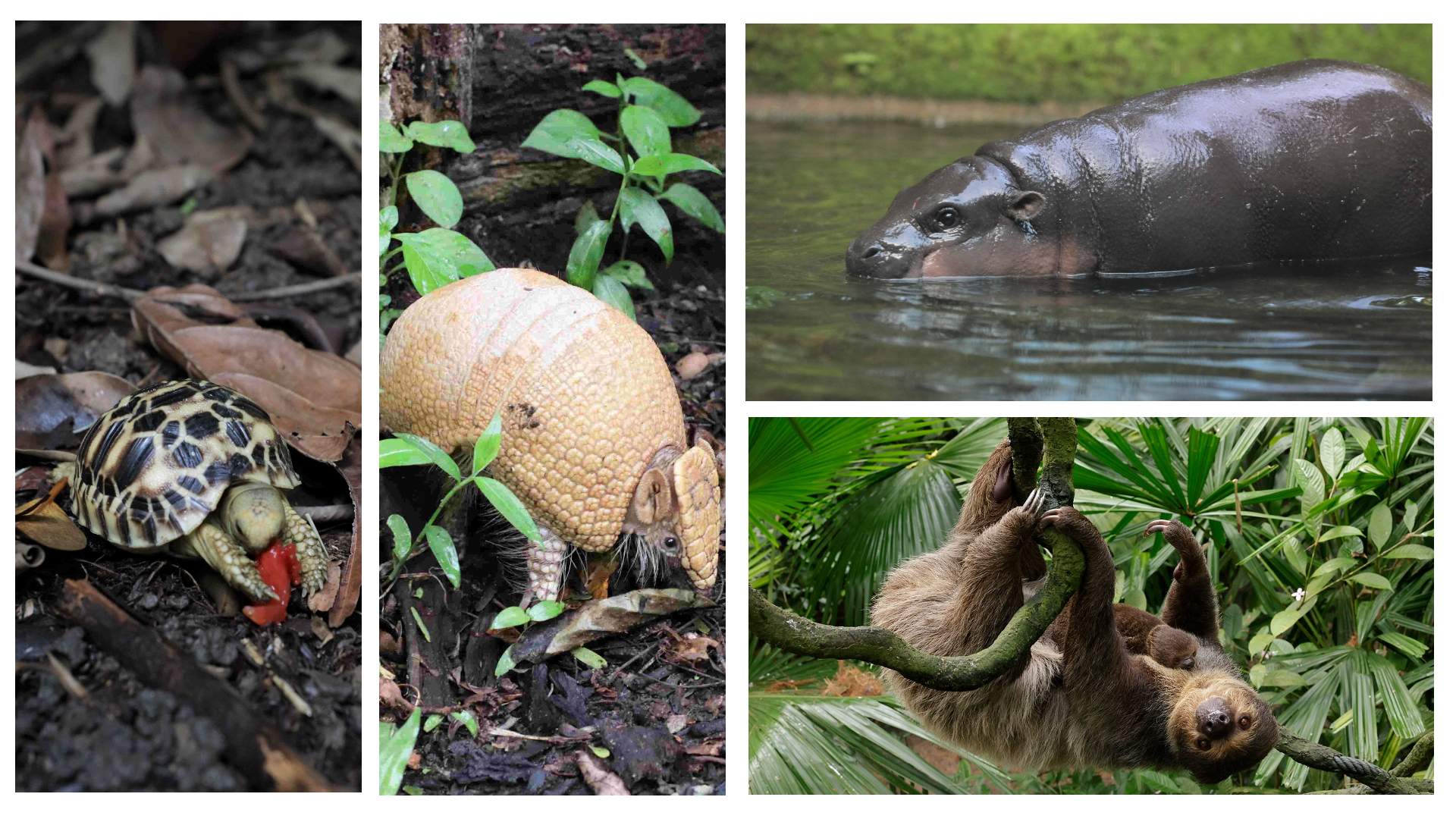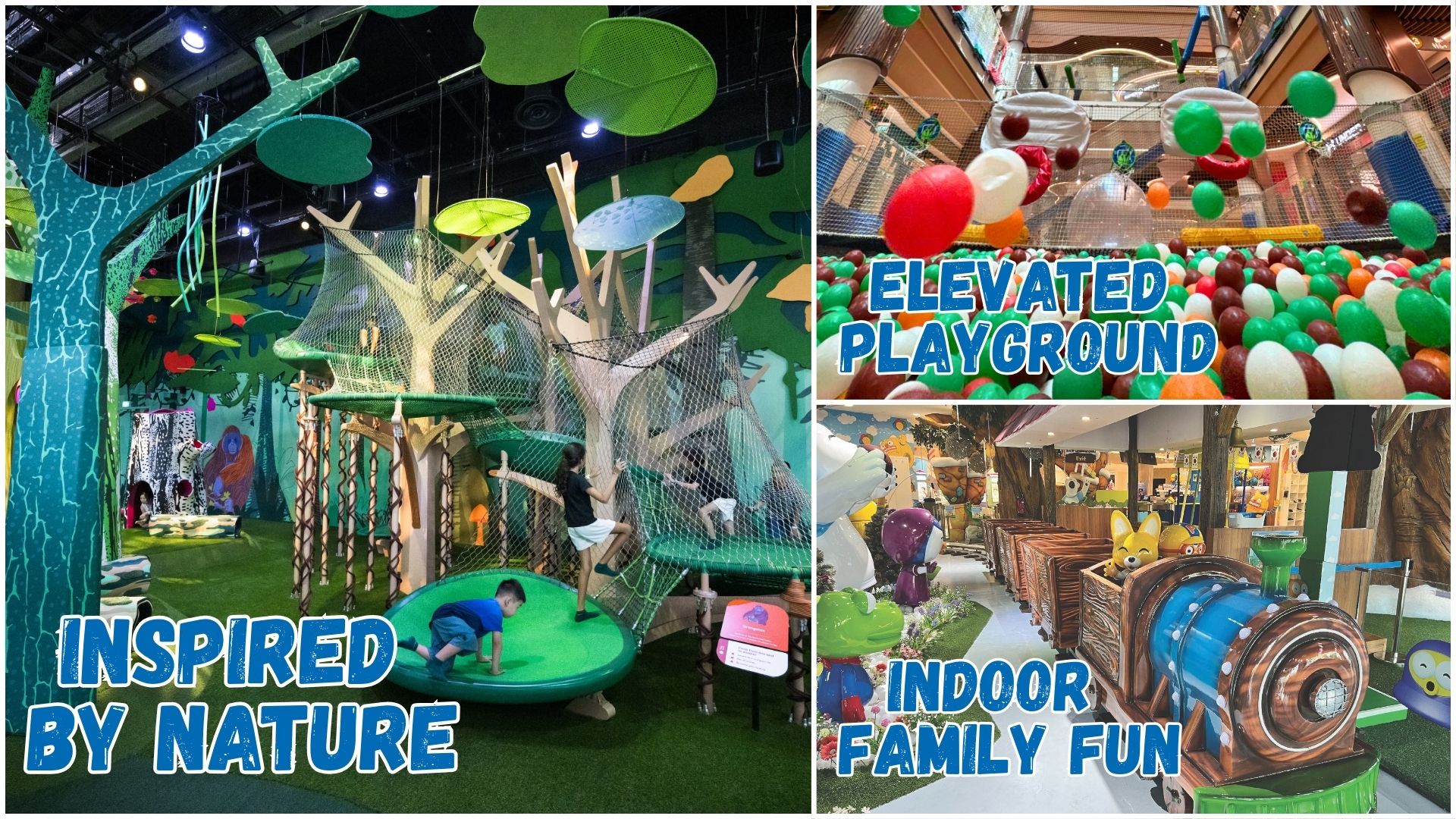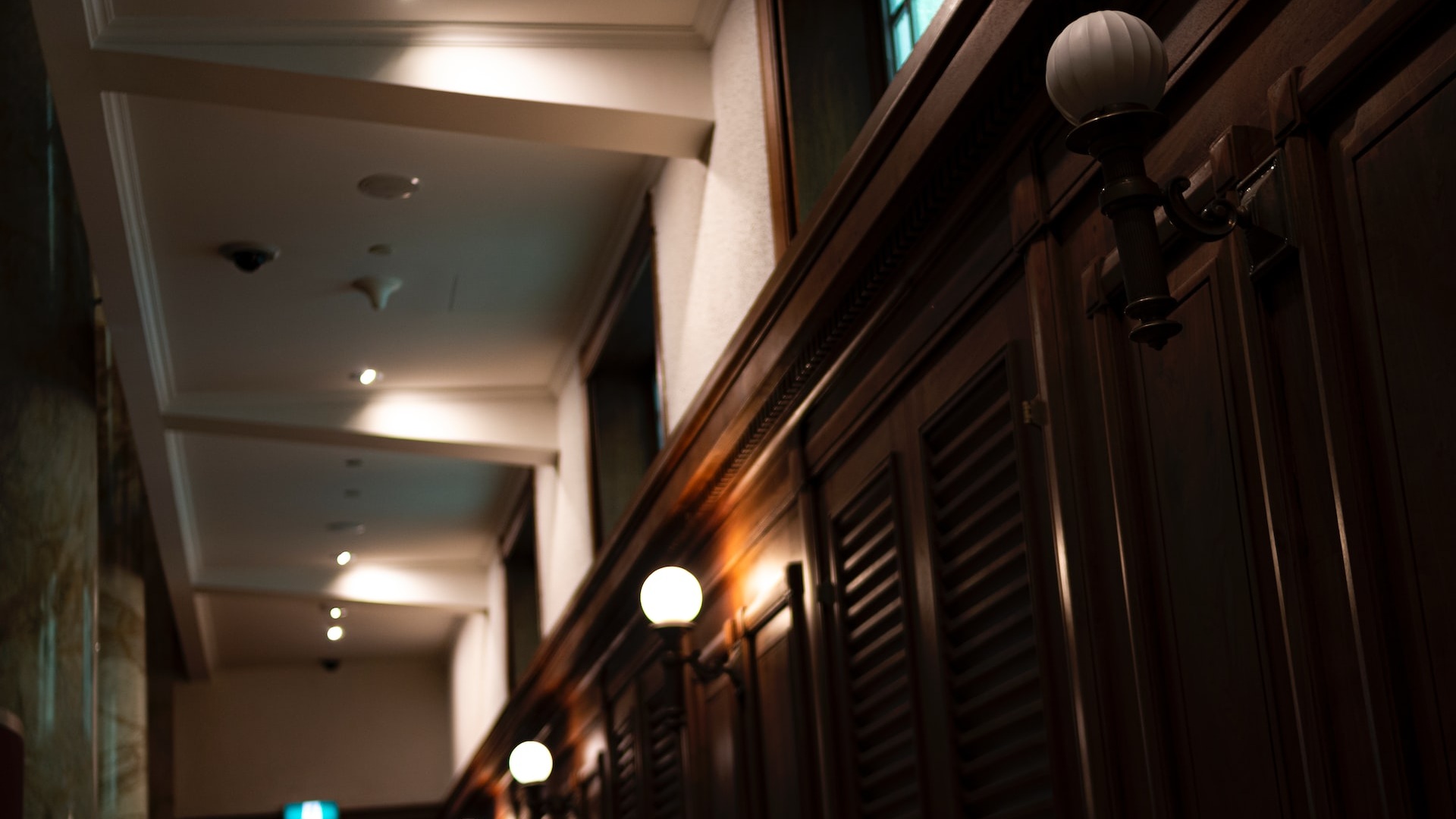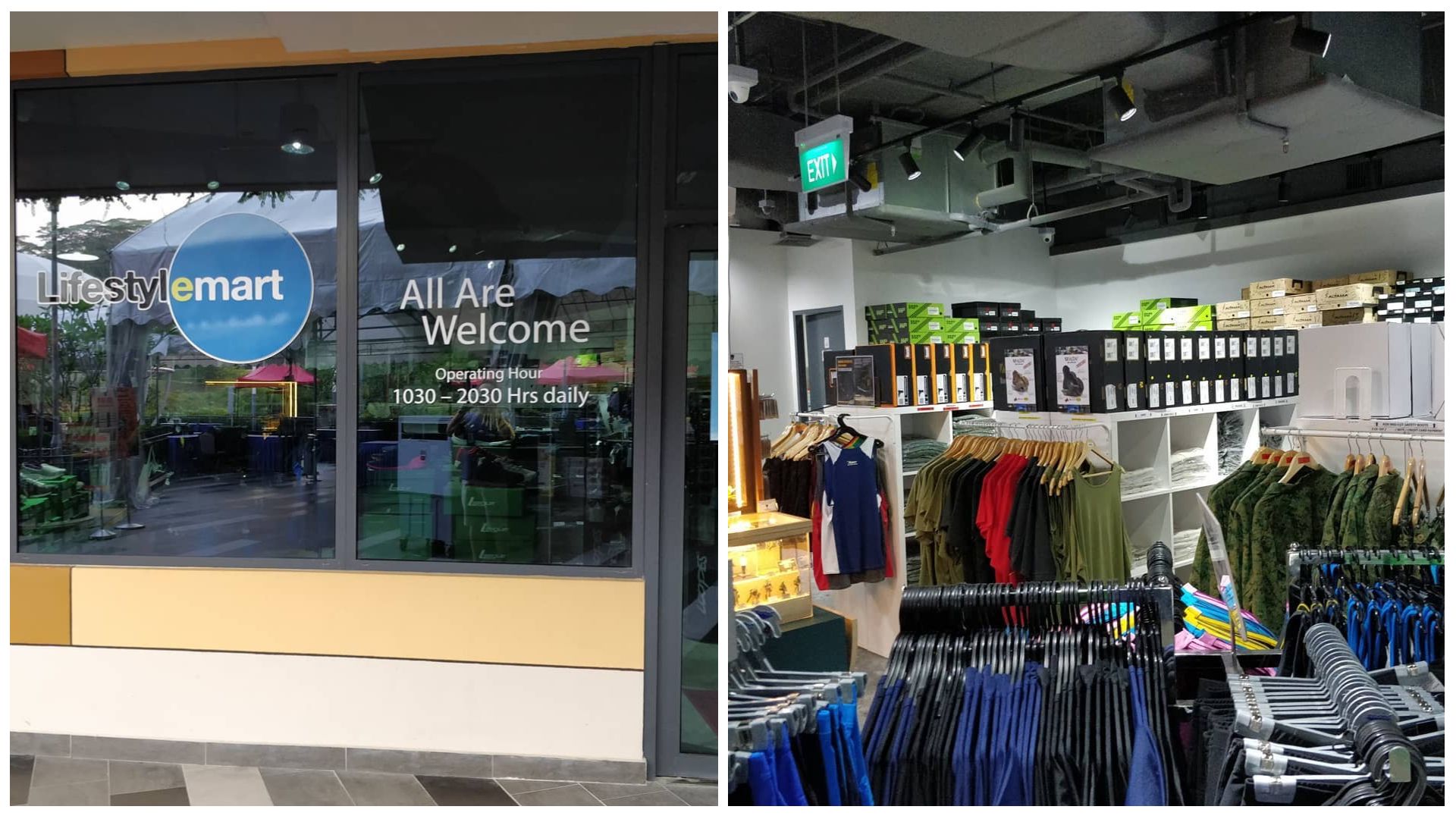Baby Boom: 800 Baby Animals Were Born in Singapore's Wildlife Parks In 2022
Did you know that a whopping 800 baby animals were born in our wildlife parks last year? Spread across 126 species, these new additions include 21 first-time births of species such as the Linne's Two-toed Sloth and the critically endangered Burmese Star Tortoise.
Here are all the cute babies our parks welcomed into the world:
Singapore Zoo

1. Burmese Star Tortoise
In a win for conservation efforts, Singapore Zoo had its first ever hatching of the Burmese Star Tortoise. The single egg was artificially incubated in the zoo's RepTopia to ensure the best conditions for successful hatching.
Often mistaken for the Indian Star Tortoise, this critically endangered tortoise is slowly making a comeback in the wild thanks to global conservation efforts.
Fun fact: The adorable baby tortoise evidently has a healthy appetite and enjoys its food, especially the occasional treat of strawberries.
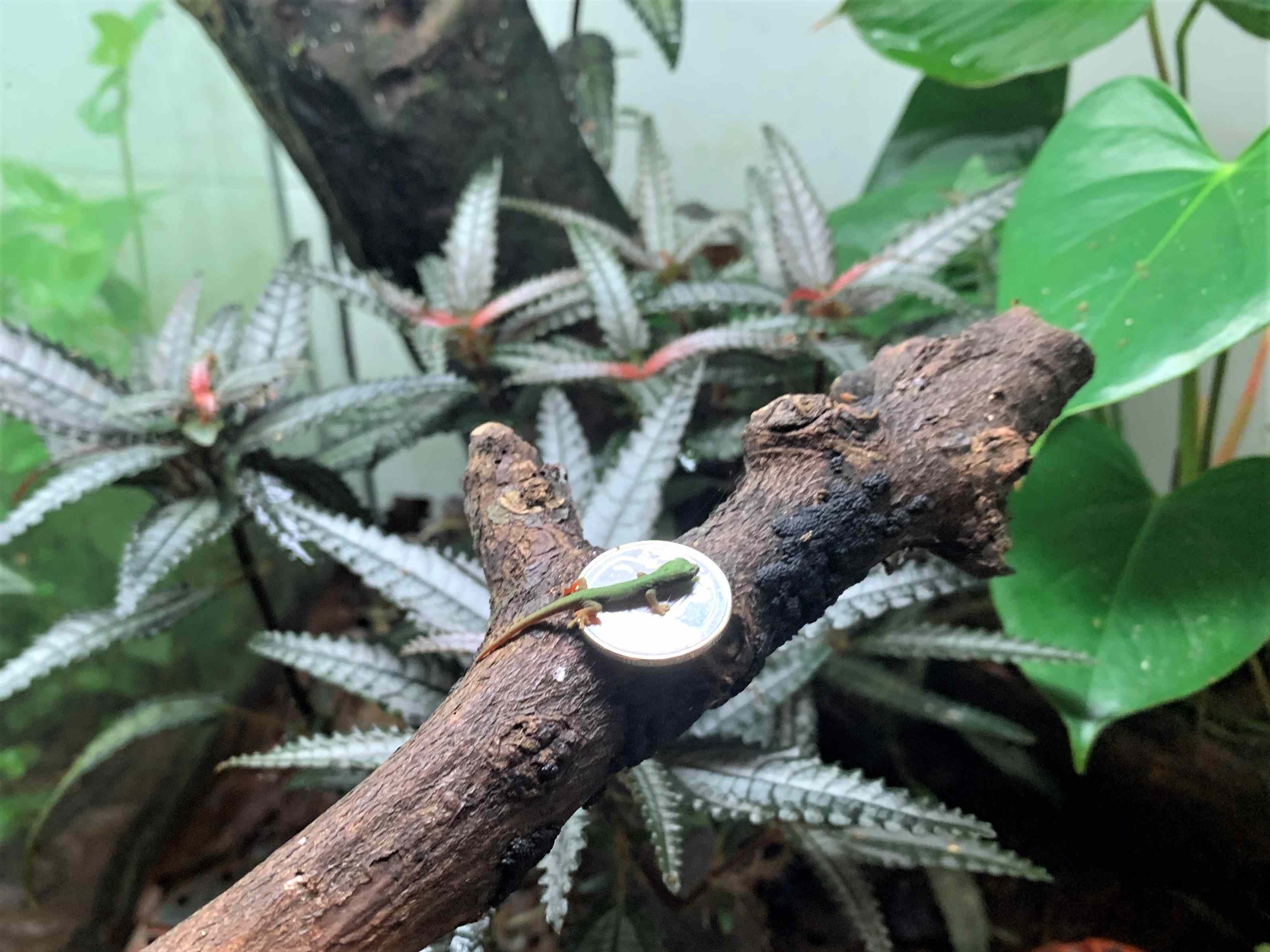
2. Williams’ Dwarf Geckos
Also known as Electric Blue Geckos, three of these critically endangered geckos hatched last year, marking a total of 15 gecko newborns at RepTopia to date.
Fun fact: Williams’ Dwarf Geckos are green or copper in colour and less than 1cm long when hatched. Talk about tiny!

3. Amphibian arrivals
Aside from a new tortoise and baby geckos, Singapore Zoo also saw the arrival of 41 (!) Golfodulcean Poison Dart Frogs, six Axolotls and a Lake Titicaca Frog in 2022.

4. Ring-tailed Lemur
The endangered Ring-tailed Lemurs expanded their troop last year with a sixth member, marking the first birth since 2014 and coming soon after the lemur mother arrived from France in January 2022.
Drop by the Primate Kingdom at Singapore Zoo and you might just catch the troop happily sunbathing.

5. Linne's Two-toed Sloth
Singapore Zoo’s Fragile Forest welcomed its first baby Linne's Two-toed Sloth 2 years after the arrival of Indigo – an adult female from Taipei Zoo – as a mate for Bunny, the zoo’s resident male sloth. Like sloths in the wild, Indigo gave birth while hanging upside down.
The 6-month-old baby has started to be inquisitive about its surroundings and enjoys solid food such as fruits and vegetables.
Fun fact: Linne's Two-toed Sloths cling to their mum’s belly for the first 9 to 12 months of their lives before finally detaching to climb and eat on their own.

6. Pygmy Hippo
Say hello to Thabo, whose name translates to "he who brings joy" in the African language. Born to Singapore Zoo’s oldest pair of Pygmy Hippos, Minah and Bubu (aged 33 and 32 respectively), Thabo is the pair's 14th calf.
He was introduced to the larger and deeper pool in the exhibit with mum on 17 February this year.
Fun fact: Contrary to popular belief, Pygmy Hippos are not swimmers. Their bodies are too dense to float, so they tiptoe in the water in what is affectionately referred to as underwater ballet. These animals can stay underwater for up to six minutes at a time.
River Wonders
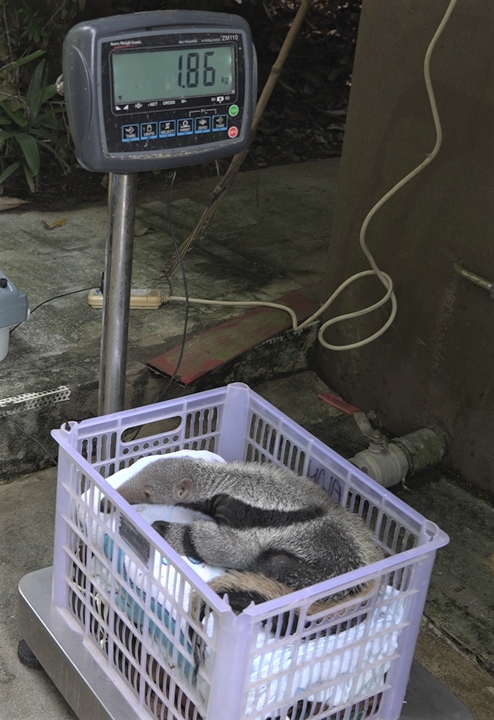
7. Giant Anteater
The notoriously difficult to breed Giant Anteater saw a miracle birth at River Wonders last year. The new pup is the first birth of proud parents Zapata and Beanie and the fifth anteater birth at River Wonders in total.
The fast-growing pup is now too big to be carried on mum’s back for long periods of time, but he certainly has not stopped trying and loves jumping on her especially when she is resting.
Mum and pup are currently still spending time together in an off-exhibit area.
Fun fact: This species has a single offspring once a year after a gestation period of about six months.
Night Safari
8. Brush-tailed Rat Kangaroos
Night Safari saw the birth of three critically endangered Brush-tailed Rat Kangaroos, also known as Woylies, expanding the park's original trio into a pack of six.
These small kangaroo-like marsupials get a leg up quite literally with their prehensile tail, using it like an extra limb to pick up objects.
If you want a glimpse of the joeys, check out the Wallaby Trail to see them hopping about.

9. Southern Three-banded Armadillo
The Southern Three-banded Armadillo duo became proud parents again last year. The shy female baby has started transitioning to the adult diet which includes vegetables, mealworms and ant eggs. She currently spends her time with mum in the back-of-house den and will make her debut later this year.
Fun fact: The Southern Three-banded Armadillo is the only species of armadillo that can encase itself in its shell to fend off predators.
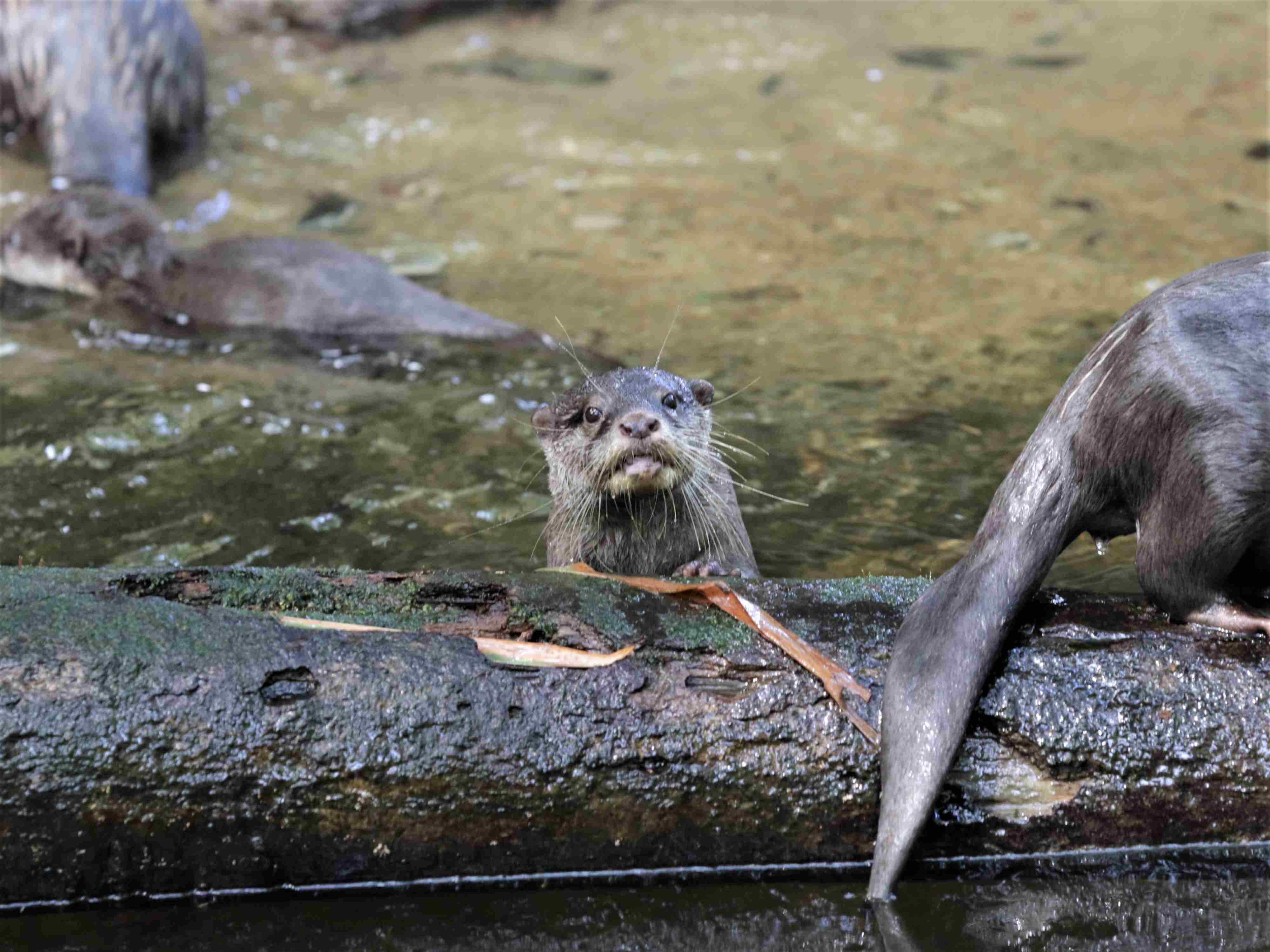
10. Oriental Small-clawed Otters
Listen out for the squeaks of these otter triplets at the Night Safari, and you might just catch a glimpse of them. Their mum was also a local birth, having been born here almost 12 years ago, while dad came from Switzerland in 2019.
The otter pups tend to stay close to their parents and will vocalise for their family when the adults are not nearby.
Fun fact: This species' diet includes crustaceans, molluscs and small fish, and they cleverly leave shellfish out in the sun for them to slowly open.
Jurong Bird Park (RIP)
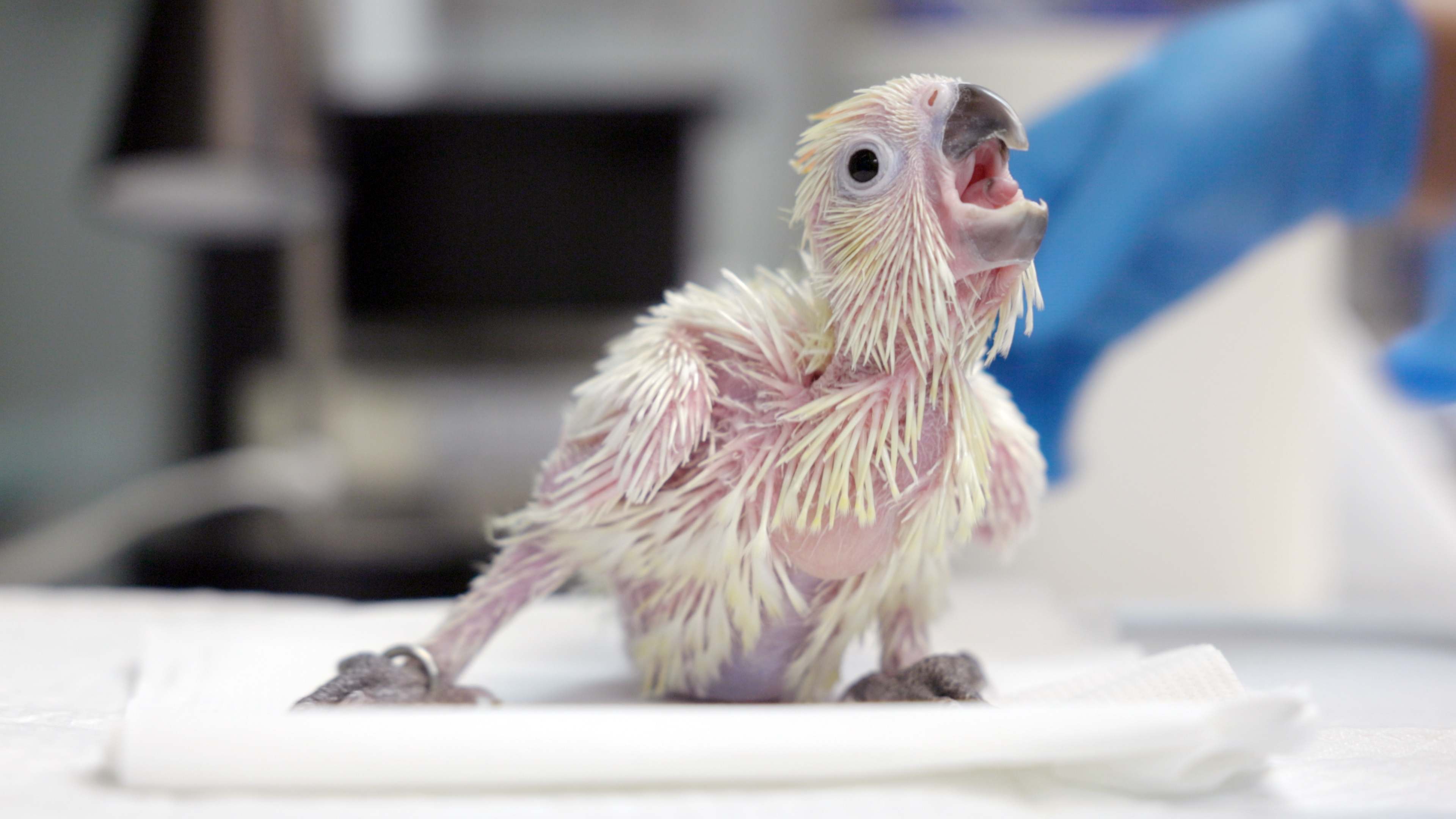
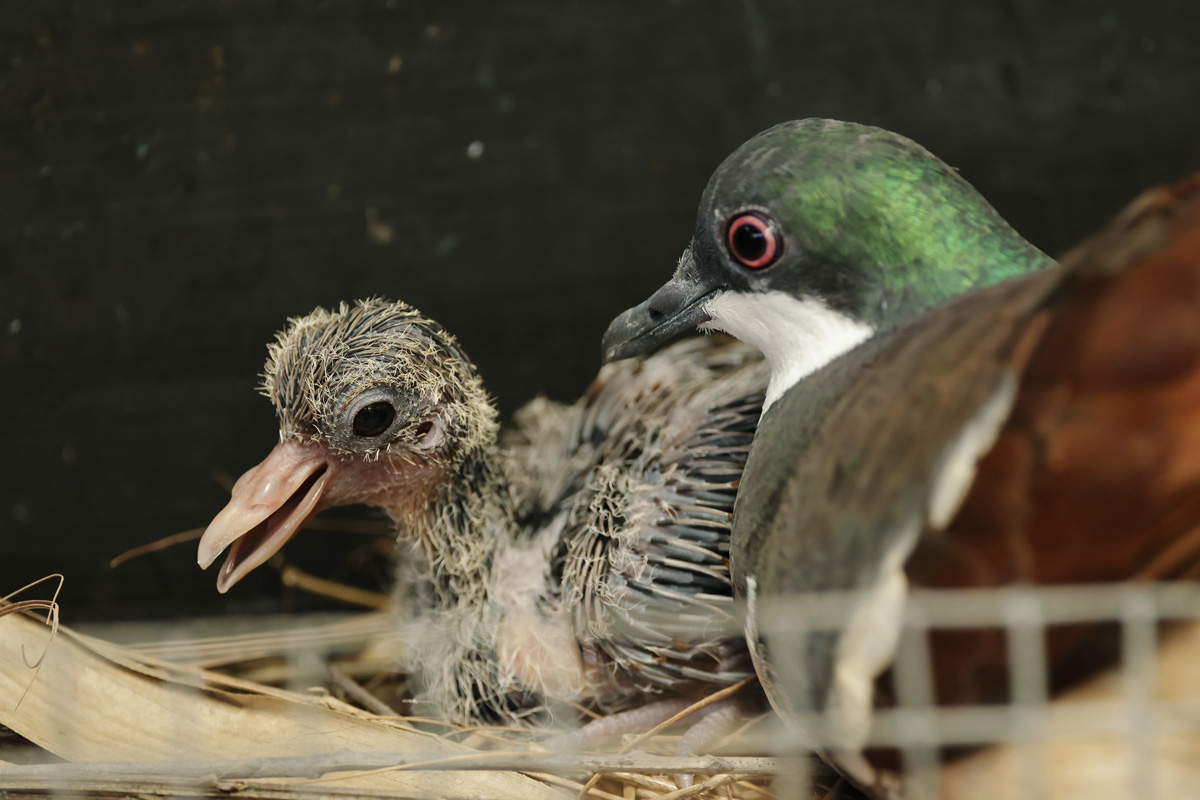
11. Baby birds
Jurong Bird Park's swan song saw a significant number of hatchings in its final year of operation. Most notably:
- After a 22 year hiatus, the park finally saw successful hatchings of two critically endangered Citron-crested Cockatoos a month apart from each other, on 21 September and 19 October respectively
- A brood of 13 Negros Bleeding-hearts hatched last year as part of the first conservation breeding programmed outside their native Philippines
Other critically endangered chicks that hatched successfully include two Vietnam Pheasants, a Great Green Macaw and a Red-fronted Macaw.
Hopefully, we'll get to see some of these birbs take flight at the new Bird Paradise park when it opens later this year.

Can't get enough of baby animals? These 2020 babies may not be newborns anymore, but they're as adorable as ever.
For the latest updates on Wonderwall.sg, be sure to follow us on TikTok, Telegram, Instagram, and Facebook. If you have a story idea for us, email us at [email protected].







